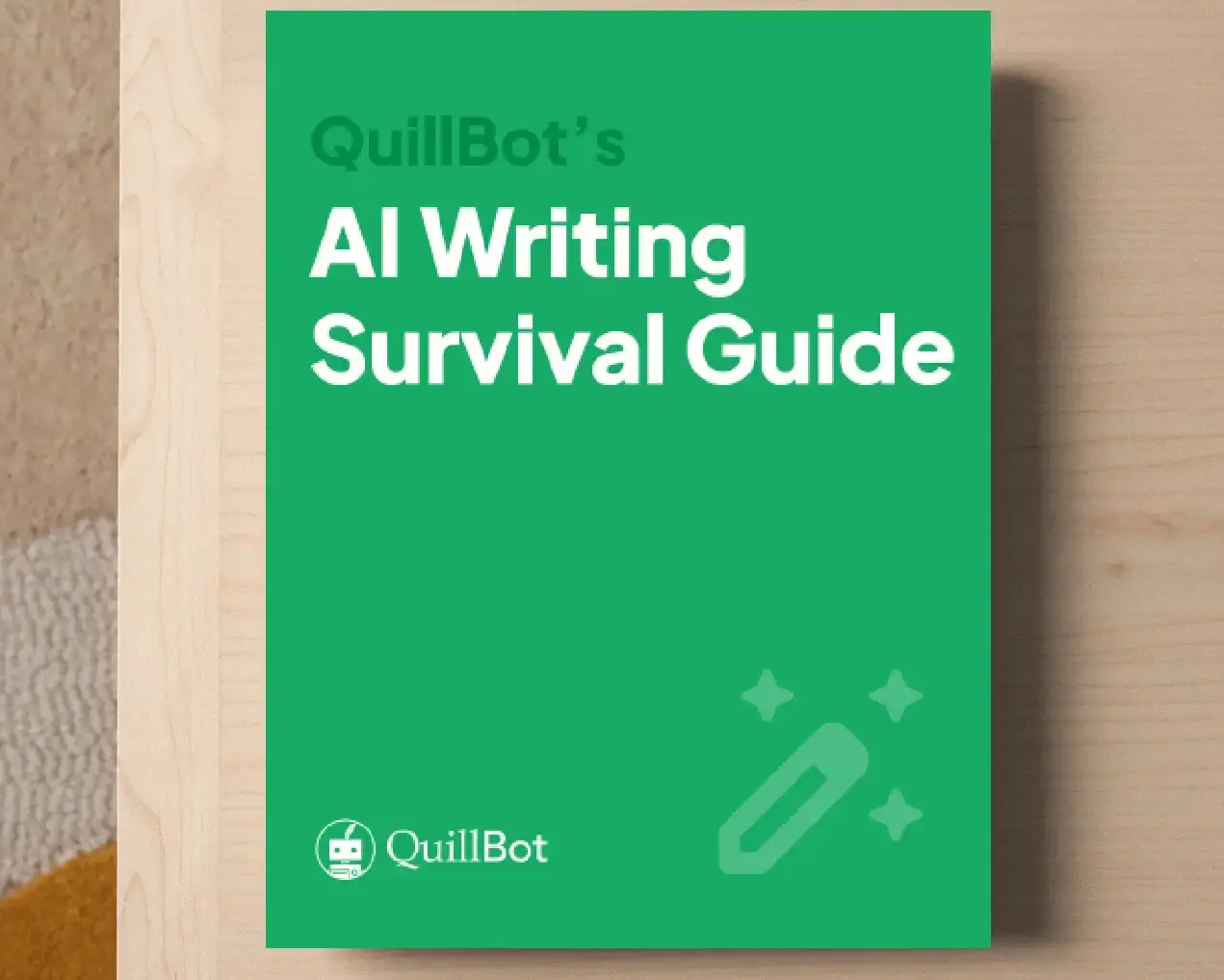How to Write a Student Reference Letter Using AI
If you’ve been asked to write a student reference letter—in support of an application for an internship, scholarship, academic program, or job, for example—an AI generator, such as QuillBot’s AI student reference letter generator, can help you draft a convincing, credible recommendation that’s tailored to the opportunity and strikes the right tone.
How to write a student reference letter
To write an effective reference letter for a student, you need to know the student well enough to offer specific, firsthand examples of how they’ve demonstrated their strengths. The best source of information about what to include is often the student themself.
1. Gather the info you need
Before writing, make sure you have all the key details about the opportunity the student is applying for. Ask for the deadline, any relevant submission guidelines (e.g., how to submit it via a specific platform), and relevant background materials like the student’s resume, transcript, and personal statement. These documents can help you align your letter with the opportunity and speak to their qualifications with confidence.
If possible, set up a brief meeting with the student to discuss their ideas about what to include in the letter—this can save you time and help you write a more convincing reference.
2. Give concrete evidence
Back up your praise with specific examples or short anecdotes that show the student’s strengths in action. These details help demonstrate that you know the student well and are offering a sincere, thoughtful recommendation. Explain what made the student stand out in your particular setting—whether it was a classroom, research lab, workplace, or extracurricular team.
3. Provide firsthand insights
Focus on what you’ve personally observed about the student, rather than repeating secondhand information or facts from their resume. Your letter will feel more genuine and credible if it’s based on your own experiences—whether that’s their performance in your class, their contributions to a team, or their behavior in a mentoring relationship. Firsthand perspectives help the reader trust your recommendation and give them a clearer picture of the student’s character and capabilities.
Using an AI student reference letter generator
An AI student reference generator can help you quickly draft your reference. To get the best results, start by entering key contextual details, such as:
- A description of the opportunity (e.g., by pasting in information from a grad program or internship website)
- How you know the student (e.g., as a professor or employer)
- How long you’ve known them
- Specific examples or anecdotes that illustrate relevant strengths or skills you’ve witnessed firsthand
- What makes the student stand out
- Why you’re confident about their potential for success
Avoid including any personal or sensitive information. You can also instruct the AI to ask follow-up questions if it needs more context to improve the draft.
Once the AI produces a first version, read through it carefully to ensure it’s accurate. You may need to revise the content to include more concrete evidence, ensure it focuses on your firsthand insights, or clarify details that you and the student have identified as particularly relevant.
Keep refining the draft through feedback and edits until it feels authentic and complete. Then, copy it into your preferred word processor, make final formatting adjustments, and you’re good to go.
How I know the student:
I’m a Professor of Political Science at a US university and taught the student in two upper-level courses: Public Policy Analysis and Political Theory and Ideologies. I have known them for 3 years.
Academic strengths:
- Excellent analytical skills
- Strong research and writing ability
- Final paper on civil liberties and digital surveillance was one of the best in class
- Engaged, thoughtful, and respectful participant in discussions
Extracurricular involvement:
- Active member of the university’s Pre-Law Society
- Helped organized speaker events for the society
Why they stand out:
- Intellectually mature, articulate, and well-prepared
- Shows initiative and leadership
- Deep interest in justice and legal systems
You can ask follow-up questions if needed.
Frequently asked questions about AI student reference letter generators
- What is a student reference letter?
-
A student reference letter is a written statement in support of a student who is applying for an opportunity, such as a scholarship, academic program, internship, or job. It is sometimes also known as a letter of recommendation for a student.
If a student needs a letter of reference, they typically ask an authority figure, like a teacher or professor, counselor, employer, internship supervisor, or leader of an extracurricular activity, to write it.
If you’ve been asked to write a reference letter for a student, why not use QuillBot’s free AI student reference letter generator to help you craft a compelling recommendation?
- What should I include in a prompt for an AI student reference letter generator?
-
In your prompt for an AI student reference letter generator, such as QuillBot’s, include a description of the opportunity, examples and anecdotes that showcase the student’s suitability, and positive comments about their future potential. Also instruct the chatbot to ask you follow-up questions if it requires additional information.
Cite this Quillbot article
We encourage the use of reliable sources in all types of writing. You can copy and paste the citation or click the "Cite this article" button to automatically add it to our free Citation Generator.
QuillBot. (2025, October 21). How to Write a Student Reference Letter Using AI. Quillbot. Retrieved November 3, 2025, from https://quillbot.com/blog/ai-writing-tools/ai-student-reference-letter-generator/

